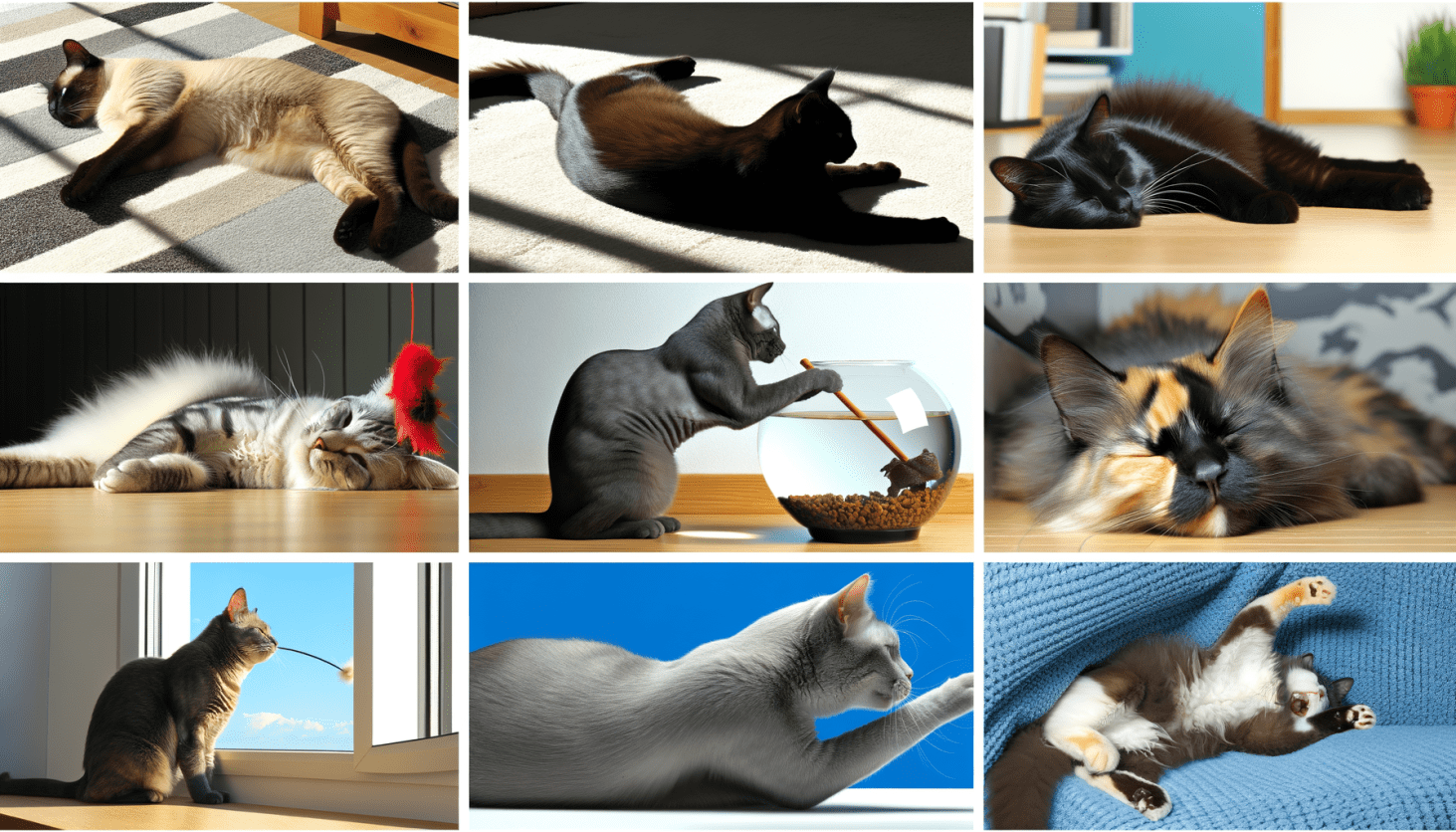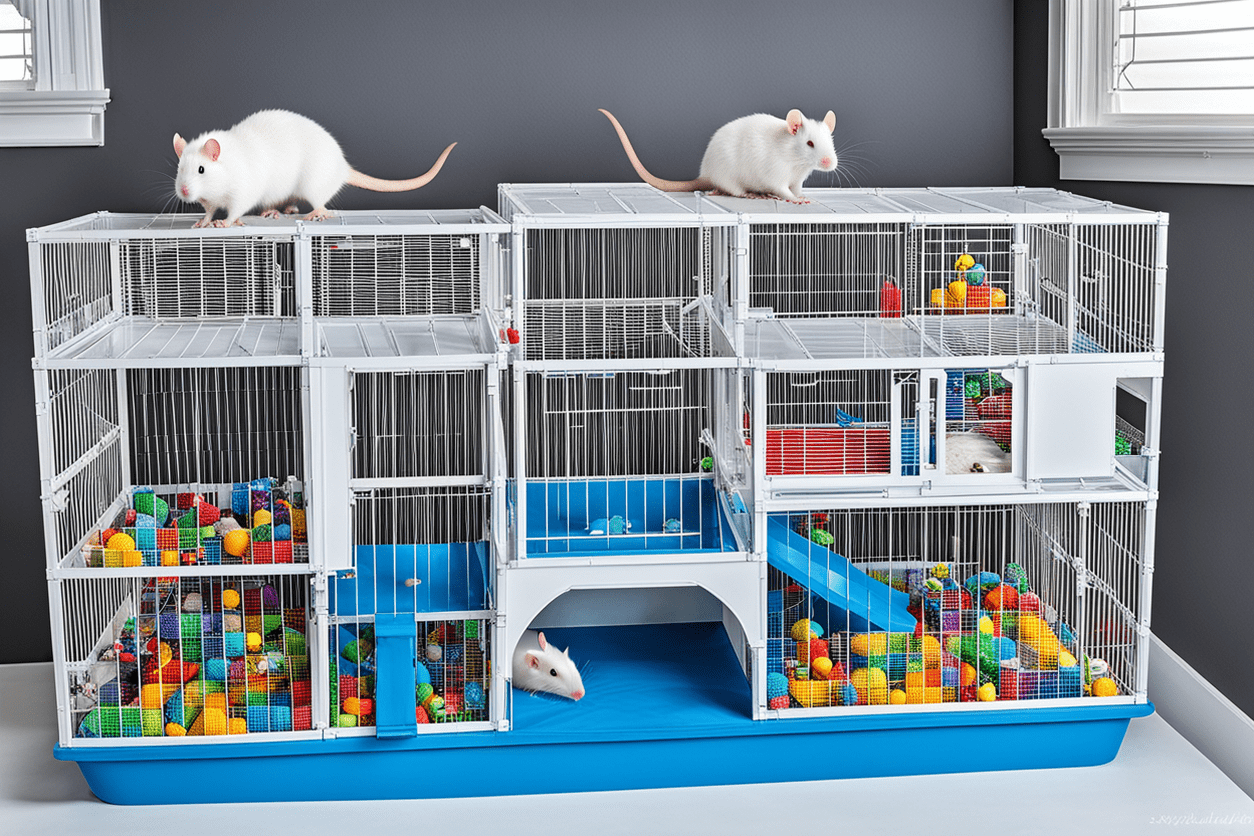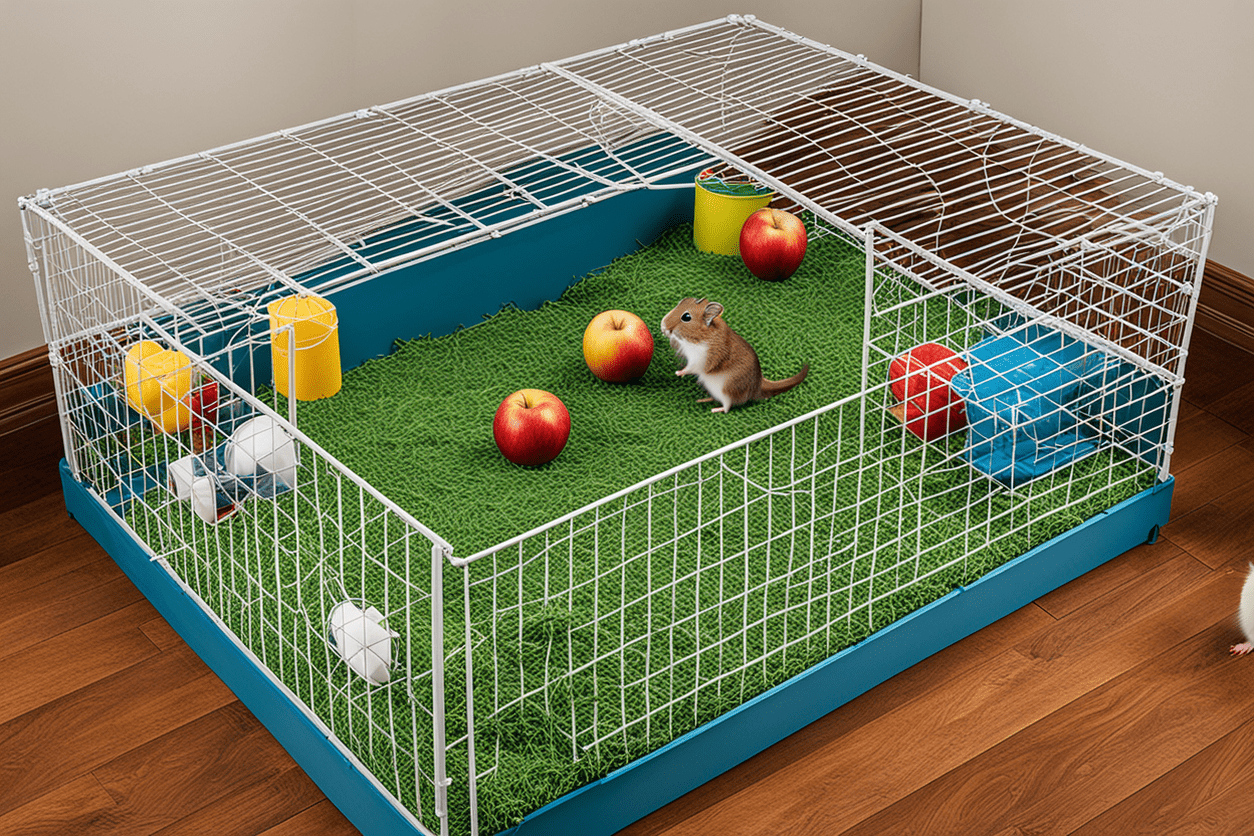Understanding and Addressing Common Cat Behavior Issues

Introduction
Cats are fascinating creatures, known for their independence, curiosity, and unique personalities. However, cat owners sometimes find themselves confronted with certain behavioral issues that can be both perplexing and frustrating. Understanding these behaviors is crucial in addressing them effectively, ensuring a harmonious relationship between cats and their owners. This article delves into some common cat behavior issues, their possible causes, and practical solutions to address them.
1. Scratching Furniture
Why Do Cats Scratch?
Scratching is a natural behavior for cats. They scratch to:
- Sharpen their claws.
- Mark their territory through scent glands in their paws.
- Stretch their muscles.
Solutions
- Provide Scratching Posts: Place scratching posts or pads in different areas of the house. Ensure they are sturdy and tall enough for your cat to stretch.
- Choose the Right Material: Some cats prefer sisal rope, cardboard, or carpeted posts. Observe what your cat likes and provide that material.
- Positive Reinforcement: Praise and reward your cat with treats when they use the scratching post.
- Deterrents: Apply double-sided tape or aluminum foil on furniture to discourage scratching.
- Frequent Nail Trimming: Regular trimming reduces the damage from scratching.
2. Litter Box Issues
Common Problems
- Avoiding the litter box.
- Urinating outside the litter box.
- Defecating outside the litter box.
Possible Causes
- Medical Issues: Urinary tract infections, kidney disease, or diabetes can cause litter box problems. Consult a vet if you notice unusual behavior.
- Dirty Litter Box: Cats are fastidious creatures and prefer clean litter boxes.
- Litter Type: Cats can be picky about the type of litter.
- Location: Litter boxes placed in noisy or busy areas might deter usage.
- Stress: Changes in the household, moving, or adding new pets can stress cats.
Solutions
- Clean Regularly: Scoop the litter box daily and clean it thoroughly once a week.
- Right Litter: Experiment with different types of litter to find what your cat prefers.
- Multiple Boxes: Have one more litter box than the number of cats in the home.
- Strategic Placement: Place litter boxes in quiet, accessible locations.
- Stress Reduction: Provide hiding spots, interactive toys, and a stable environment to reduce stress.
3. Aggression
Types of Aggression
- Play Aggression: Often occurs in kittens and young cats.
- Fear Aggression: Triggered by fear or anxiety.
- Territorial Aggression: Defending territory from perceived threats (other cats, animals, or people).
- Redirected Aggression: Directed at a person or another cat when the actual target is inaccessible.
Solutions
- Play Aggression: Redirect energy with interactive toys. Avoid using hands or feet as toys.
- Fear Aggression: Identify triggers and create a safe environment. Gradual desensitization can help.
- Territorial Aggression: Provide enough resources (food, litter boxes, sleeping areas) and use pheromone diffusers to reduce stress.
- Redirected Aggression: Identify triggers and manage the environment. Use distraction techniques (toys, treats) when aggression signs appear.
4. Excessive Meowing
Common Reasons
- Attention-Seeking: Some cats meow for attention or food.
- Hunger: A hungry cat will meow persistently.
- Boredom: Lack of stimulation can lead to meowing.
- Medical Issues: Pain, discomfort, or cognitive dysfunction in older cats.
- Breed: Certain breeds, like Siamese, are naturally vocal.
Solutions
- Attention: Pay attention to the quality of interaction. Engage in play, grooming, and petting.
- Structured Feeding: Feed your cat at regular times to create a routine.
- Enrichment: Provide toys, climbing structures, and window perches to keep your cat entertained.
- Veterinary Check-up: Rule out medical issues if the meowing is sudden or unusual.
- Ignore: Do not reward excessive meowing. Respond once the cat is quiet to reinforce good behavior.
5. Jumping on Counters
Reasons
- Curiosity: Cats love exploring and observing their environment.
- Food: Counters often have food or interesting smells.
- Height: Cats feel safe at elevated positions.
Solutions
- Provide Alternatives: Offer cat trees, shelves, or window perches as acceptable high places.
- Make Counters Unattractive: Use double-sided tape, aluminum foil, or citrus scents as deterrents.
- Remove Temptation: Keep counters clean and free of food.
- Positive Reinforcement: Reward the cat for using acceptable high places with treats and praise.
- Training: Use a clicker to train your cat to stay off counters. Reward good behavior consistently.
6. Nighttime Activity
Causes
- Nocturnal Nature: Cats are crepuscular, meaning they are naturally active at dawn and dusk.
- Boredom: Lack of daytime activity can lead to nighttime energy bursts.
- Hunger: A hungry cat might wake and seek food.
Solutions
- Daytime Play: Engage your cat in play sessions during the day to tire them out.
- Evening Feeding: Provide a meal before bedtime to keep them satiated through the night.
- Ignore Nighttime Behavior: Do not reward nighttime activity with attention.
- Scheduled Play: Schedule playtime just before bed to help expend their energy.
- Calming Aids: Consider soft music, pheromone diffusers, or calming collars to help your cat relax.
7. Over-Grooming
Causes
- Allergies: Food, environmental, or flea allergies can cause excessive grooming.
- Stress: Changes in the household, new pets, or relocation can lead to over-grooming.
- Pain: Skin conditions or underlying pain can cause this behavior.
Solutions
- Veterinary Care: Identify and treat underlying medical conditions.
- Flea Control: Ensure effective flea prevention and treatment.
- Environmental Enrichment: Provide hiding spots, interactive toys, and perches to reduce stress.
- Consistent Routine: Maintain a stable environment and daily routine to minimize stress.
- Behavioral Therapy: In severe cases, consult a veterinary behaviorist for professional advice.
Conclusion
Understanding and addressing common cat behavior issues requires patience, observation, and sometimes professional help. By recognizing the underlying causes of these behaviors, cat owners can take proactive steps to address them effectively. Creating a harmonious environment where your cat feels safe, entertained, and well-cared for will go a long way in mitigating these common issues. Remember, every cat is unique, and what works for one might not work for another, so be prepared to tailor your approach to your furry friend's specific needs.






